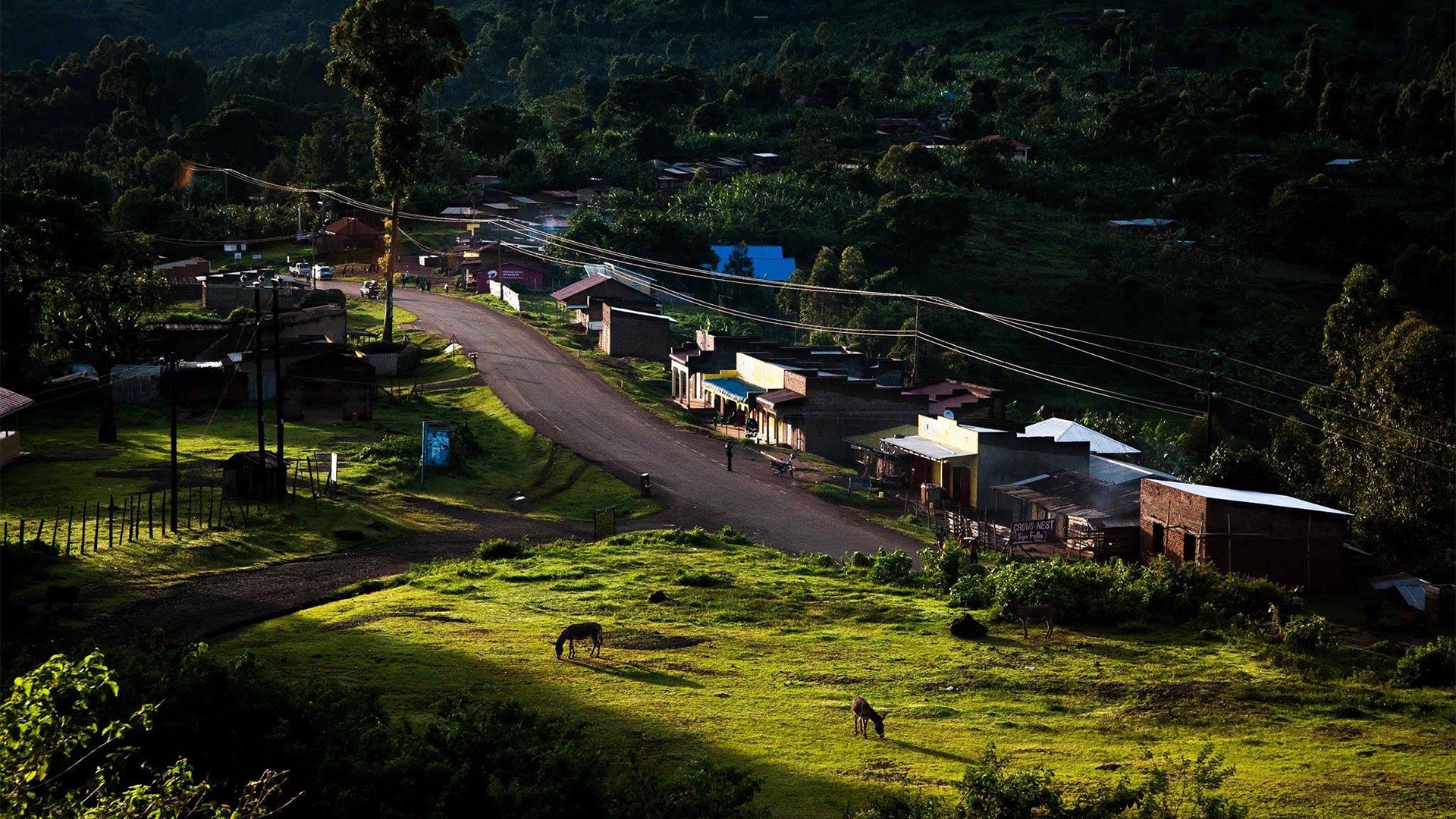Current estimates from the Ugandan electricity regulator suggest a slow down in demand that could affect the country’s low cost hydroelectricity program.
Over 80% of future supply is expected to come from hydroelectric sources although Uganda has a range of renewable energy solutions in place as well as potentially oil-based supply from its assets in the Albert valley.
The analysis of demand for electricity in Uganda is however problematic.
On the one hand low demand is associated with poor distribution, which suggests that the so-called excess supply of electricity is the result of inability to reach homes and industries.
Uganda main distribution grid is like a coat of many colours that is mended continuously with patches to sustain supply. Especially in the rainy season outages mimic official load shedding such that claims of excess capacity are a slap in the face of paying customers unable to get reliable and consistent supply.
According to Electricity Regulatory Authority in its 10-year planning scope demand will drop suggesting that it would make sense to stagger completion of Uganda’s hydro projects. The demand forecast is divided into three baskets.
They are a base case, a case of depressed demand and a case of increased demand. In the first basket demand stands at 6.5% while in the second and third at 3.6% and 12% respectively. This is a considerable drop from the last 5 year projections which put the base case at 10% while the low and high case were cast at 5% and 14% respectively.
ERA suggests excess capacity in the low case and high case scenario will range from the 120 MW today to over 1200MW (low case) and 2300 MW (high case) scenarios. This basically means when the hydro dams are in place supply will dwarf demand in epic proportions. The only caveat to add here as pointed out before is that distribution is poor so while generation capacity is increasing it is not matched by a robust national grid.
This begs the question of what to do about distribution.
ERA estimates expansion and extension of the grid will need some 1.27 billion USD over the next 10 years. This investment will probably require a rethink of the distribution model Uganda operates currently.
